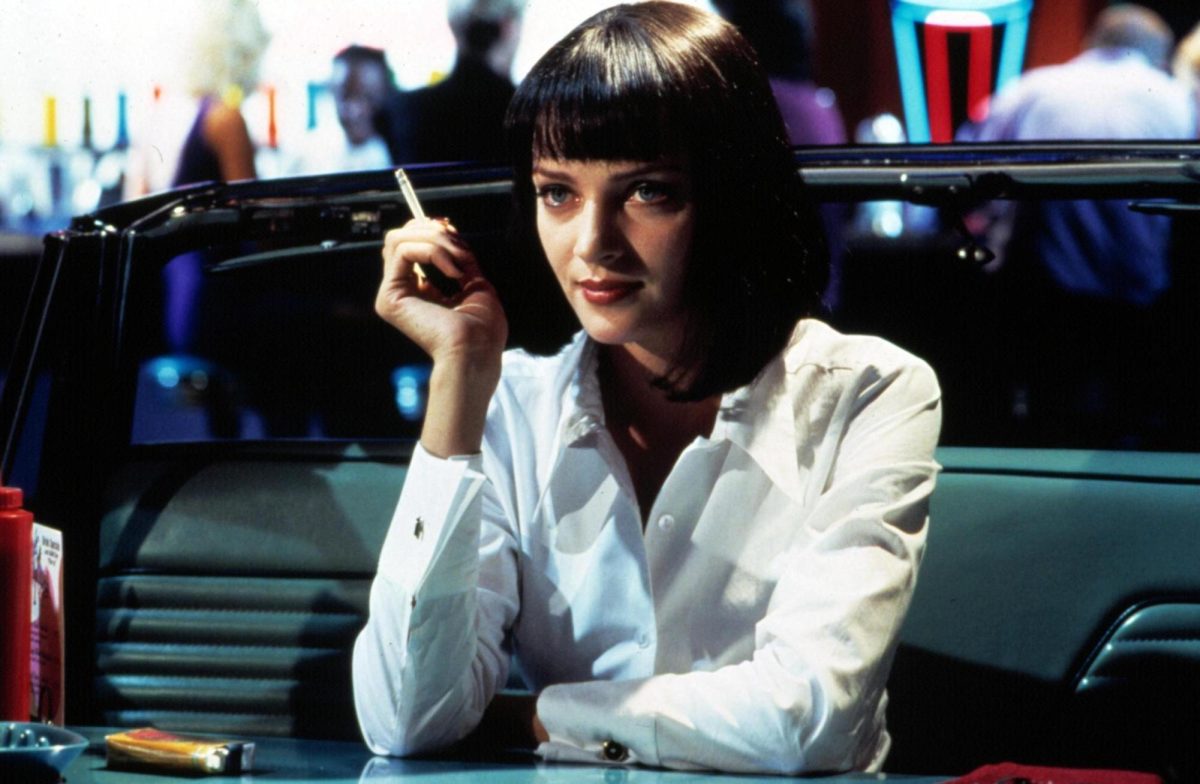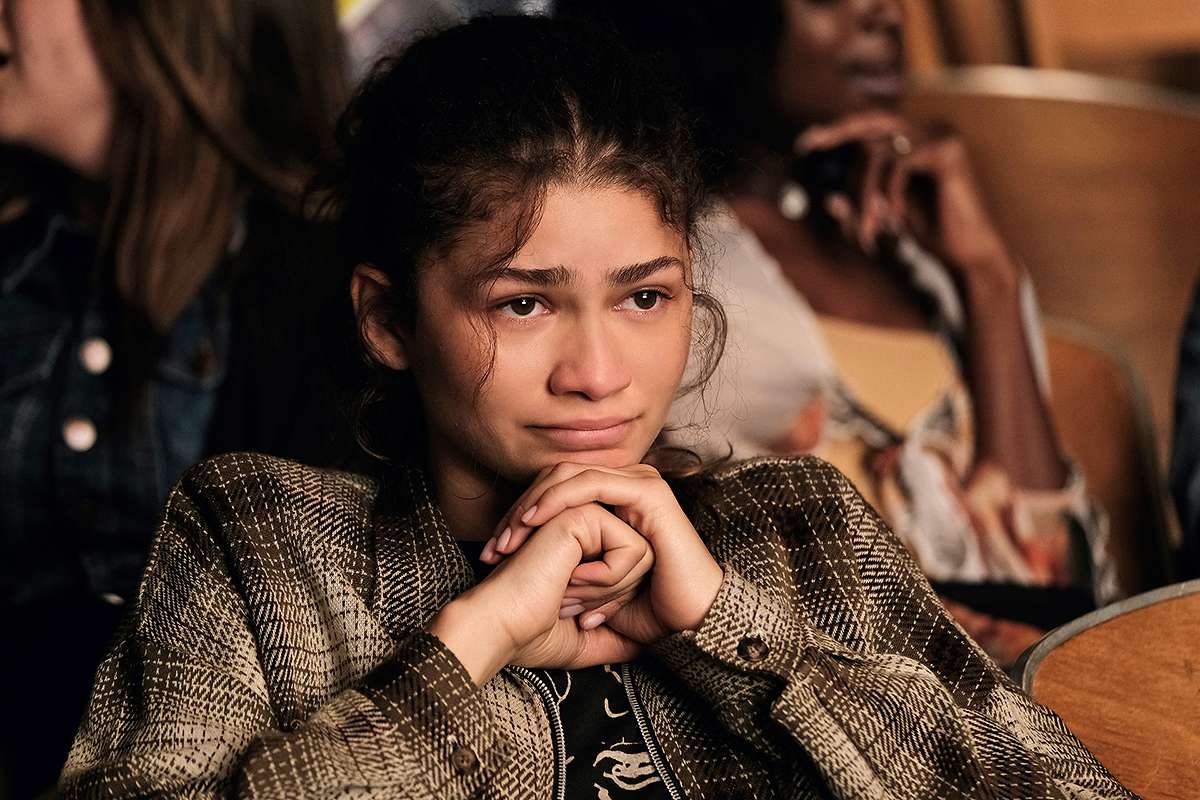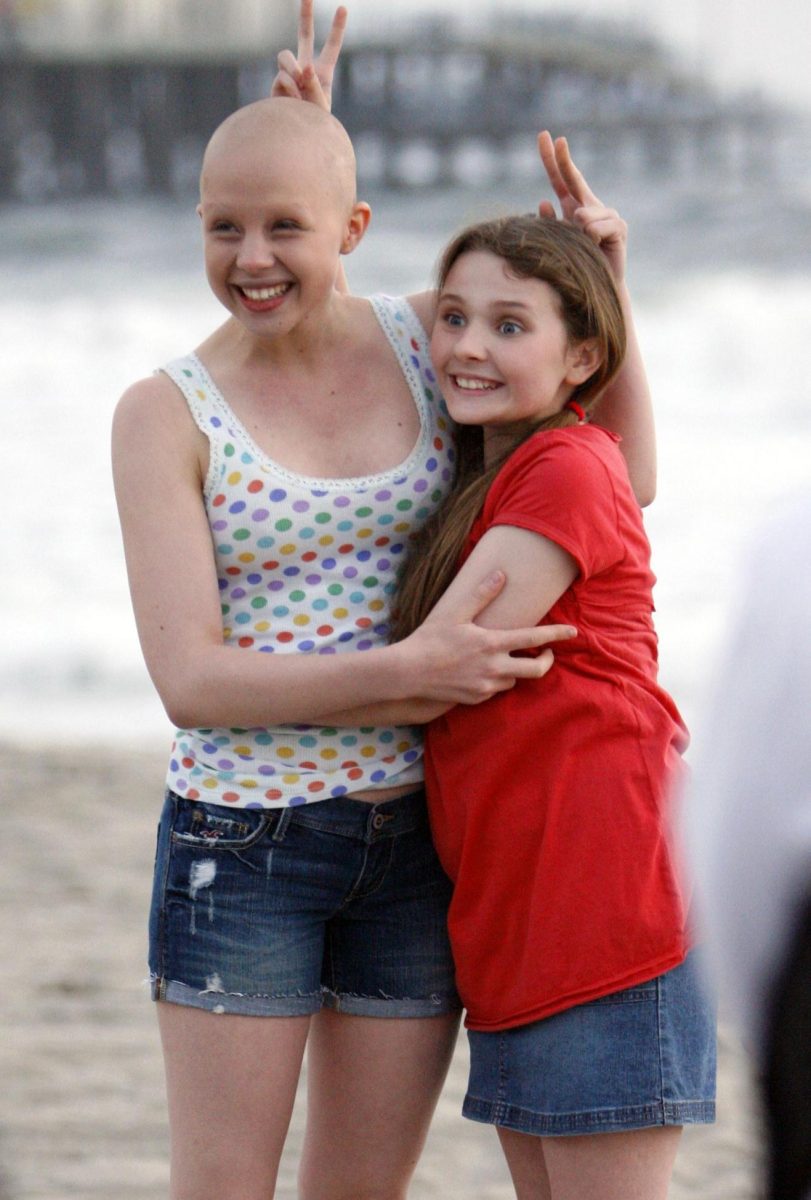Can you remember the first time you watched “Pulp Fiction”? From the very first scene, where Honey Bunny (Amanda Plummer) and Pumpkin (Tim Roth) are plotting to rob a diner, you’re drawn into a chaotic whirlwind that only Quentin Tarantino can deliver. Released in 1994, this film doesn’t just tell a story; it takes you into a world where crime and dark humor coexist. It’s a wild ride that pays homage to the bonnie and Clyde duo through its opening scene.
While characters like Vincent Vega (John Travolta) and Mia Wallace (Uma Thurman) definitely stand out, it’s their interactions that makes this film so iconic. I love how Mia, with her sleek black bob and bold red lipstick, is the essence of confidence. When she boldly says, “Don’t be a square,” to Vincent at Jack Rabbit Slim’s, it captures her character perfectly. Their dance to “You Never Can Tell” isn’t just a fun moment; it shows their chemistry and reflects how the film combines tension with glamour. For me, that scene sums up the cinematic style.
Then there’s Jules Winnfield (Samuel L. Jackson) reciting Ezekiel 25:17, a moment that really shows his inner struggle as a hitman. I find the line, “The path of the righteous man is beset on all sides by the inequities of the selfish and the tyranny of evil men,” to be powerful as he faces his demons before committing violence.
Who would have thought even hitmen feel remorse? This moment reveals that even tough characters have depth, which adds more layers to the narrative.
What really stands out about “Pulp Fiction” is Tarantino’s way of connecting the scenes, which keeps me on the edge of my seat, especially how it all comes together at the diner. In the opening scene, we see Honey Bunny and Pumpkin planning their robbery and in the final scene, Jules confronts those same robbers himself.
This film isn’t just entertainment; it makes you think. It transcends what’s happening on screen and pushes us to reflect on our own morality through the characters’ actions. Since its release in 1994, I believe it has proven to be more than just a momentary sensation; it’s a film that can live forever.
As I reflect on this classic, I wonder about Tarantino’s future. He was supposed to make his final film, “The Movie Critic” but has decided not to go through with it. Will he finally give us something we’ve been hoping for or will he keep us waiting?










